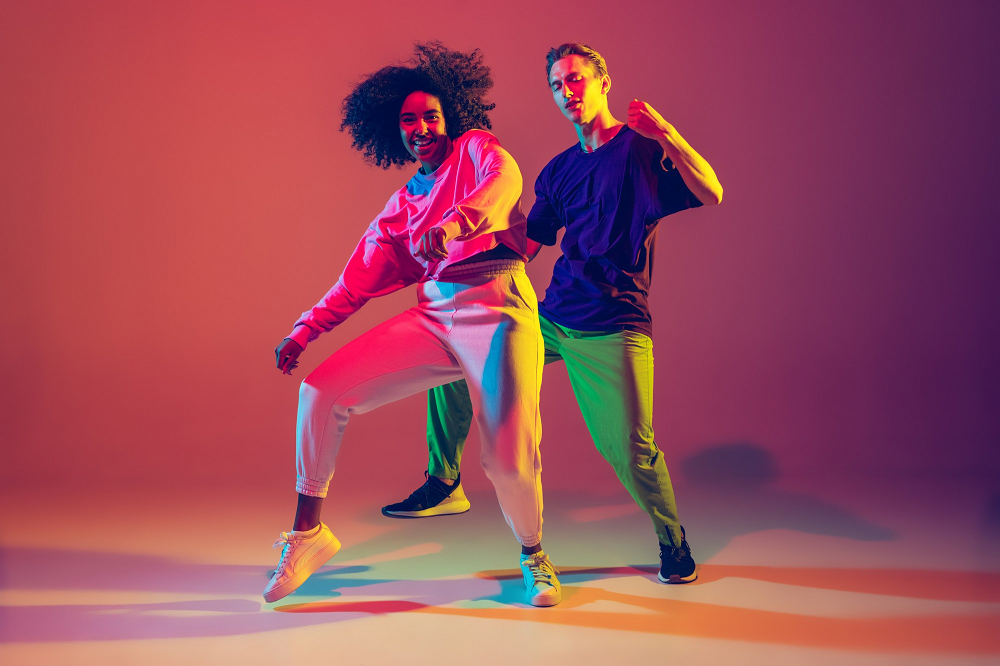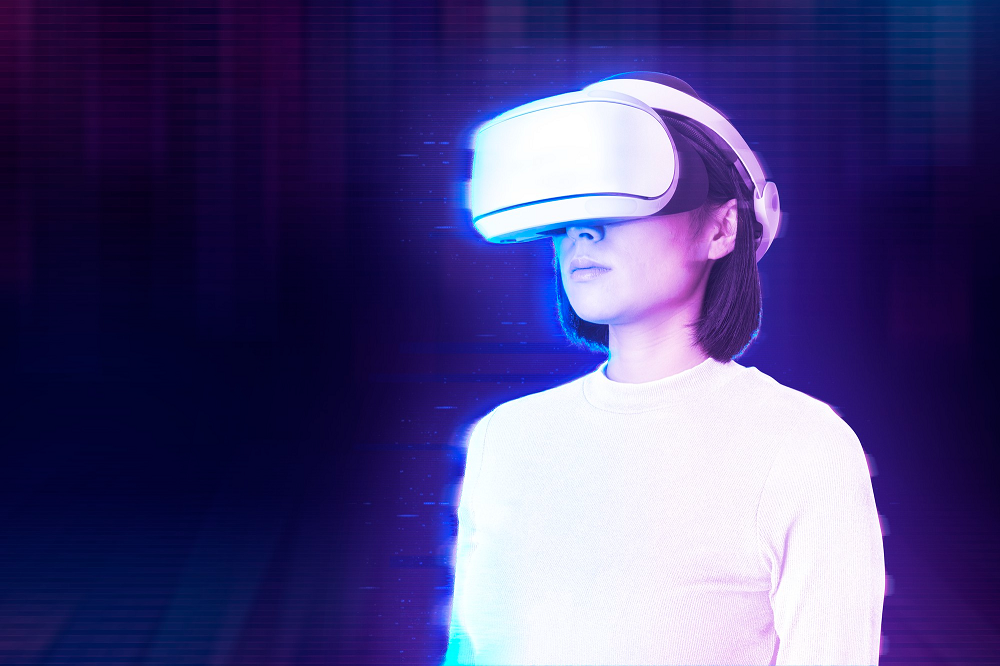The number of influencers has been rising among so many online platforms and social media because they can change the purchasing decision of others due to their fame, position, knowledge, or relationship with the public. You can find them on Twitter, Facebook, or Instagram, just for naming some of the trending media, and their followers’ interests are based on specific topics. Influencer marketing is a strategy by which brands take advantage of influencers and their followers in order to promote their products and services in an attempt to gain awareness and new clients. And the metaverse seems to revolutionize how this activity is put into practice. Stay tuned, because today will see what influencer marketing looks like in the metaverse.
But before continuing, let’s give a little bit of context.
What Is the Metaverse?
Defined as a dynamic, experiential, and immersive experience, the metaverse it’s known so far as a virtual place where people, through customizable avatars, can work, come together, play, sell and buy items, assisted by virtual reality, augmented reality, internet of things, goggles and headphones.
Gucci, Prada, Wendy’s, Nike, Vans, and Hyundai, among others, are some of the companies that have already dived into the metaverse and their presence is getting bigger as more people are jumping into this new world. You can tell that by watching what Gucci did in 2021: placed one exhibition in two different formats, one was set physically in Florence, Italy; the other was staged in the metaverse, where unique articles were bought by its virtual public.
Alright, you already know what the metaverse is, but why have these brands chosen the metaverse?
Why the Metaverse?
Simple, the metaverse is an uprising opportunity to reach out even more people, and since it is said that the metaverse will be the new internet, and the numbers shows it (it is projected that by 2024 the metaverse will be a $800 billion industry), those brands that take the initiative will profit more than those that not.
Now, knowing how social media, specially Facebook when launched Facebook Ads Manager in 2007, has shaped the way brands promote themselves online, and also understanding that these platforms were the place where the term influencer marketing was born, the metaverse as a new opportunity has taken this strategy and adapted it into a 3D digital environment.
Taking this into account, you might be wondering what influencer marketing looks like in the metaverse. Let’s sketch out an answer.
What influencer marketing looks like in the metaverse

Because of its immersive experience, the metaverse offers several ways by which this strategy can be applied apart from the original idea. It is worth to highlight that influencer marketing already generates around S 13 billion and this amount seems to be increasing as more brands are adopting this strategy in the metaverse.
Influencers Migrating to the Metaverse
One first approach on how to put in practice influencer marketing in the metaverse could be an influencer inviting his public to an especial activity in one specific metaverse, like Nike’s metaverse: Nikeland, in order to create awareness about this world and its amenities.
One personal trainer or an athlete can ask his followers to create an avatar in this platform to run a sprint, play soccer, swim, or whatever other sport, and offer native NFTs as reward, like unique virtual footwear of this brand, for instance, which they can keep or sell.
With this, the new users can get to know this virtual reality by the hand of someone they rely on and, at the same time, are introduced to what some people call the immersive commerce (I-commerce), which is a way to improve customers’ experience by using the metaverse technology.
This is one face of what influencer marketing looks like in the metaverse. Let’s see some others.
Influencers and Brands Promoting Themselves in the Metaverse
It was December the third 2021. The news has spread out: someone had spent $ 450 thousand in The Sandbox metaverse. The reason? He bought a piece of land right next to Snoop Dogg’s virtual space, in which the artist and influencer is making a replica of his California Mansion, wherein he plans to conduct concerts and special activities.
This is another look at how an influencer can affect people’s purchasing decisions about not only buying a brand’s product but investing in the metaverse itself.
Another example could be Gucci’s previously named experience. As it was said before, this brand hosted the same exhibition but in two different formats: the real one in Florence, and the virtual one in the metaverse. Visitors could only access the last one with a virtual special invitation.
What it wasn’t said before was that in the virtual one, a unique luxury clothes collection was sold as NFTs, and even a client resold his Dionysus bag $ 715 more expensive than the real one. This is an example of how a brand can promote itself in the metaverse.
Virtual Influencers
On the other hand, a virtual influencer is an avatar created by a brand. This figure can be completely customizable with original clothes and accessories and represent the values and ideas behind the firm. One big plus for using an avatar instead of a person is that the brand has complete control of its virtual influencer image and can manage it at will. Currently, there are over twenty virtual influencers.
Candy is an example of these. This character, dressed in head-to-toes Prada, is the metaverse’s face of this brand. She was created to promote a fragrance collection, also called Candy. And has appeared in several advertising formats, like painting, filming, and in social media.
According to a survey conducted in the USA, 52% out of more than 1000 surveyed stated to follow at least one virtual influencer, and the public preferred to use Instagram, YouTube, and TikTok to do so.
Some of the most followed virtual influencers are Qai Qai, Lechat, Kizuna AI, Lil Miquela, KAF, K/DA, Code Miko, Imma, Noonoouri, and Leya Love. These are just other examples of what influencer marketing looks like in the metaverse.
What about your brand?
Whether it is a real-life or virtual influencer, the metaverse has shown so far that influencer marketing is evolving into a more personalized and unique experience to reach out to more and more people. And brands are willing to invest in their own virtual image not only to have presence in the metaverse but to express their values and ideas through it.
Here at Stringnet we provide you with support and guidance through this new experience. Come and feel yourself backed by our expert team in marketing BTL, virtual reality, augmented reality, gamification, NFT, and even more. We have our own metaverse platform to host your corporate event. We can help you to bring your brand to the next level of marketing.



